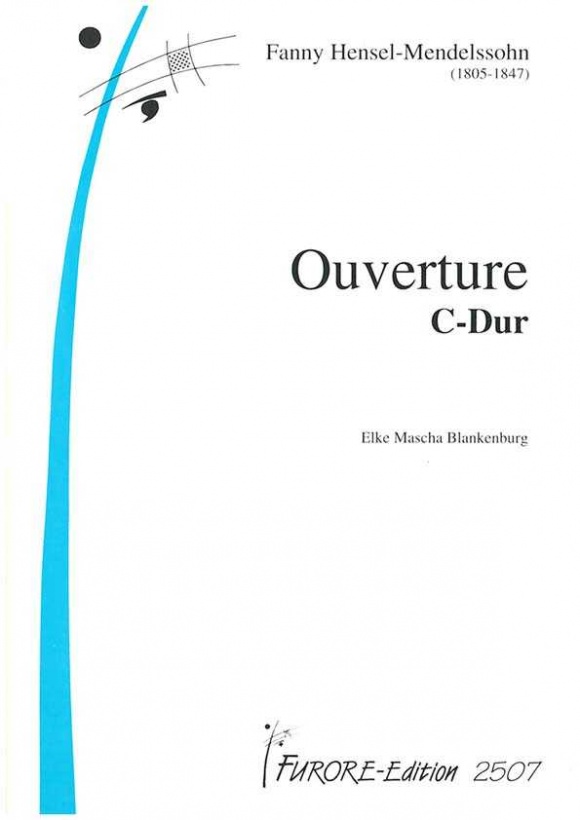Description
“This overture is striking for its extravagant invention. It’s a standard sonata-form movement with a slow introduction, but Fanny treats it with a master’s touch. It’s effectively scored, especially considering Fanny never had an opportunity to hear her own orchestration, and it combines thematic coherence and unity with a wide range of color and expression – just as her brother’s best work does.
The introduction is tender and yearning, with a questioning phrase in the strings answered by consoling winds. When she repeats the beginning section, Fanny increases the tension simply by holding one note – the inner-voice G, also the first note heard in the piece – longer than at the initial statement. In addition to its expressive content the introduction gives us the germ of what will become the second theme, and highlights the two-note falling motif that permeates the overture – the “sigh” that has embodied musical yearning since the works of Monteverdi in the 1600s.
The energetic main theme emphasizes the G with which the piece opens, while the lyrical second theme is especially reminiscent of her brother’s work. The beginning of the central development section is bold, even while maintaining a seamless connection with
the previous section: Fanny turns the proclamatory major chord with which the exposition ends into a minor chord. The following quiet section’s airy and lucid textures can only be described as Mendelssohnian, as are its wide-ranging modulations.
But it’s the piece’s final sections – the ecapitulation and the coda – that are most striking. Many RomantIc composers treat recapitulations somewhat cavalierly, simply repeating the exposition with the bare amount of change required by a differing tonal scheme.
Fanny enlivens the recapitulation with numerous variations and extensions of the original material: And in a brilliant stroke, she delays the piece’s climax until the coda, extending and glorifying the exposition’s proclamatory ending.”
(Mark Arnest in the program book of the chamber orchestra of the springs, USA, January 2017).












